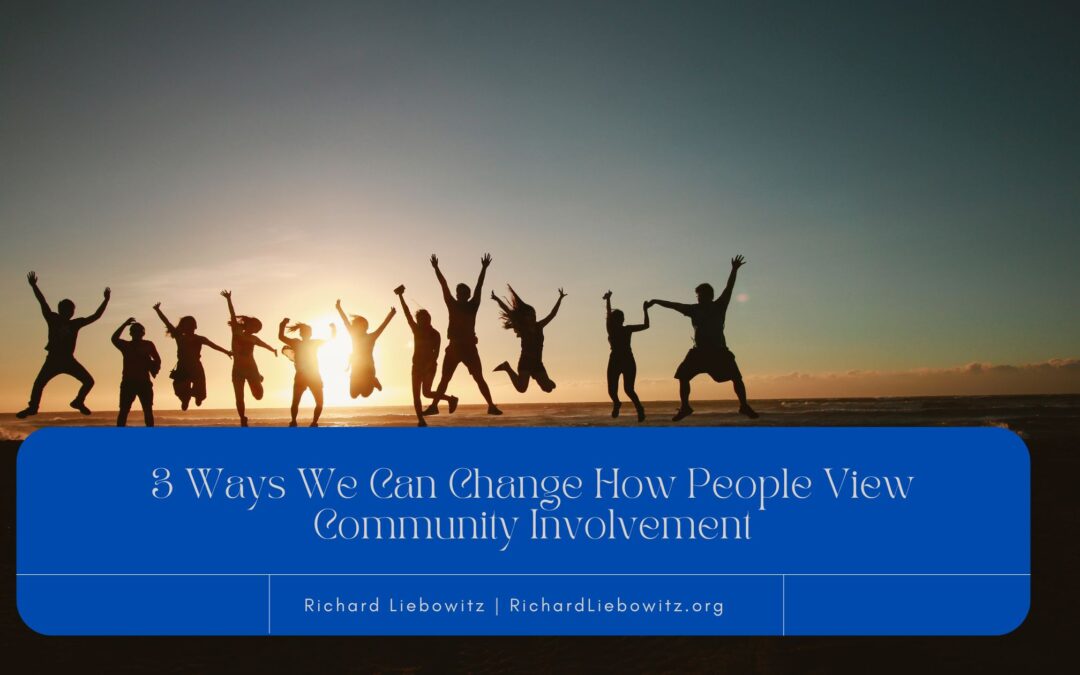Community involvement is often seen as a noble but time-consuming endeavor reserved for those with abundant free time or a particular passion for civic engagement. However, this perception needs to change if we want to create stronger, more resilient communities. By shifting how we think about and approach community involvement, we can make it more accessible, appealing, and impactful for everyone. Here are three ways we can transform the public’s view of community engagement:
- Emphasize the Personal Benefits
Too often, community involvement is framed solely as a selfless act. While altruism is admirable, it’s not always enough to motivate busy individuals. We need to highlight the personal benefits that come from engaging with one’s community. These can include networking opportunities, skill development, and a sense of purpose and belonging.
For example, volunteering at a local food bank can help someone build leadership skills, expand their social circle, and boost their resume. Participating in a neighborhood clean-up can increase property values and create a more pleasant living environment. By emphasizing these tangible benefits, we can help people see community involvement as an investment in themselves as well as in their surroundings.
- Make Engagement More Flexible and Accessible
The traditional model of community involvement often requires significant time commitments or regular in-person attendance. This can be a barrier for many people with busy schedules or limited mobility. To change this perception, we need to create more flexible and accessible ways to engage.
This could involve leveraging technology to allow for remote volunteering opportunities, such as online tutoring or virtual community meetings. We can also promote micro-volunteering – short, discrete tasks that can be completed in small pockets of time. Additionally, organizations can offer family-friendly volunteer opportunities, allowing parents to engage in community work alongside their children.
- Integrate Community Involvement into Daily Life
Rather than viewing community engagement as a separate activity, we should look for ways to weave it into our everyday routines. This approach can make involvement feel less like an additional burden and more like a natural part of life.
For instance, businesses could encourage employees to use a portion of their work hours for community service. Schools could incorporate service-learning into their curricula, teaching students valuable skills while benefiting the community. Local governments could gamify civic participation, offering rewards or recognition for actions like reporting potholes or participating in town hall meetings.
By reframing community involvement as an integral part of our daily lives rather than an extra obligation, we can make it feel more achievable and rewarding for everyone.
In conclusion, changing how people view community involvement requires a shift in messaging, accessibility, and integration. By emphasizing personal benefits, creating flexible opportunities, and weaving engagement into daily life, we can inspire more people to become active participants in their communities. This, in turn, will lead to more robust, more connected, and more resilient neighborhoods for all.

